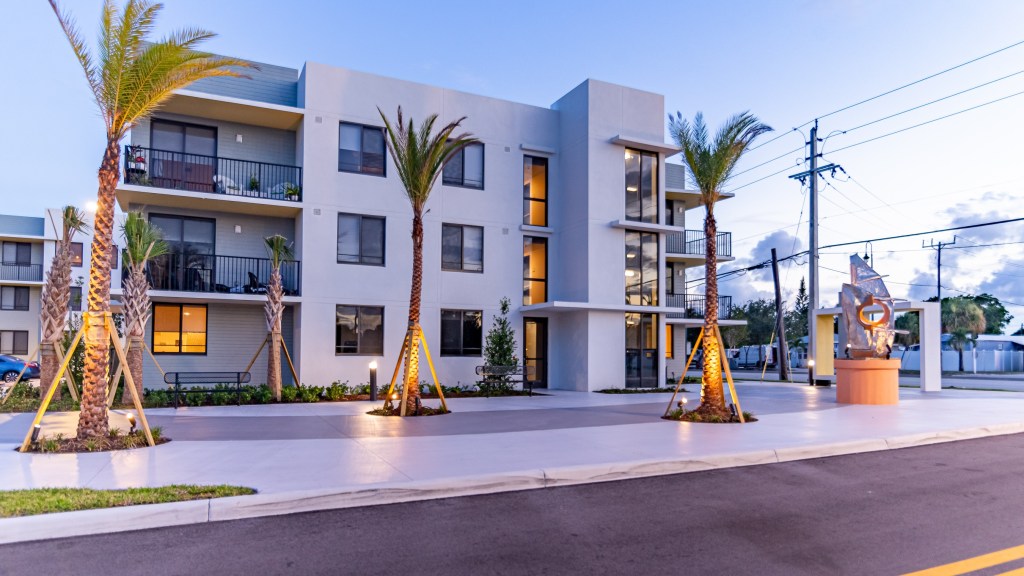As hurricanes and natural disasters continue to grow more severe and frequent, it is important for multifamily communities to have a plan. Based in the Southeast, a region all too familiar with storms, Wendover Housing Partners has lengthy experience not only in preparing physical properties for natural disasters but assisting residents as well.
And while protecting properties is vital, director of asset and property management Robert Cuttle says, “Preparedness includes mental well-being. After a storm, community check-ins, clear updates, and connections to counseling or support services help residents feel safe and supported. Reducing stress through information, social connection, and accessible resources speeds recovery just as much as a cleared drain or a tested generator.”
Cuttle shares his best practices for storm preparation with MFE below.
What are three ways property managers can help residents better prepare for natural disasters?
- Communicate early and often. We host brief preparedness touchpoints–workshops, lobby tables, and email/text updates—so residents know evacuation plans, how to get alerts, and who to contact.
- Equip residents with the basics. We share seasonal checklists (water, nonperishables, first-aid, flashlights, meds) and, where we can, coordinate bulk buys or community prep days.
- Harden the property. Routine readiness checks matter: Secure windows and loose site items, clear drains, test generators, and confirm safe gathering areas so residents have a plan if they need to shelter in place.
How can property managers encourage residents to stock up on essentials?
Consistency beats last-minute pushes. We build preparedness into the calendar—brief reminders at community meetings, seasonal newsletters, and simple flyers with a short “top 10” list. We’ll also partner with nearby retailers for discounts or bulk options, especially ahead of peak storm windows.
What’s an often-overlooked task property managers miss when preparing for storms?
Making evacuation routes practical for everyone. Clear signage, multilingual notices, and plans for residents with mobility or language barriers are critical. It’s not enough to secure the building; residents need to know exactly how to exit safely—and have support if stairs or transportation are a challenge.
What is Wendover’s top advice for power outages related to natural disasters?

Wendover Housing Partners
Robert Cuttle
Plan for sustained outages. In multifamily, particularly senior and affordable communities, whole-building or targeted generator coverage for elevators, corridors, and community kitchens is a game-changer. We also encourage residents to keep power banks on hand. Residents who rely on powered medical devices or refrigerated medications are prioritized in our checks. And we test and service backup systems on a schedule—before we need them.
Could you share a lesson Wendover has learned in its experience with storms?
Operating across the Southeast, especially Florida, has taught us to stay proactive. Years ago at Heritage Village Commons in Longwood, Florida, a four-day outage meant elevators were down and many seniors couldn’t leave their floors. Our teams ran supplies, charged devices, and even walked pets. Since then, we’ve pushed for full-building or targeted generators in senior and multifamily communities. During Hurricane Ian, those systems kept community kitchens and activity rooms powered so residents could charge phones and prepare meals together—a small thing that made a big difference.
Are there any misconceptions involving multifamily communities and natural disasters?
A common myth is that multifamily buildings are more vulnerable. In reality, they’re often built to stringent codes with robust life-safety systems. The challenge is coordination at scale—more people, more communications, more logistics. That’s solvable with upfront planning, resident education, and clear roles before a storm is on the radar.
